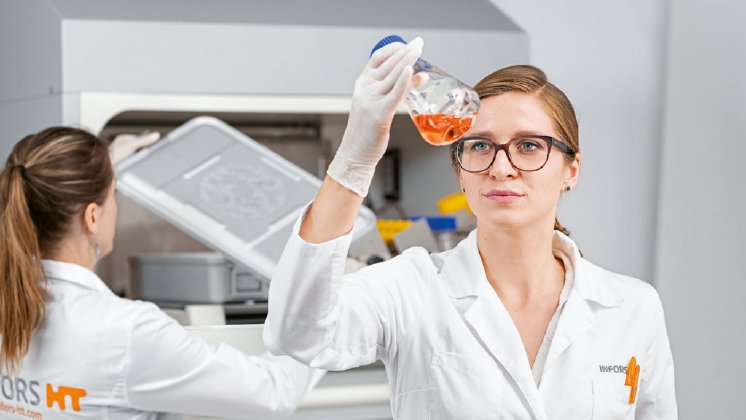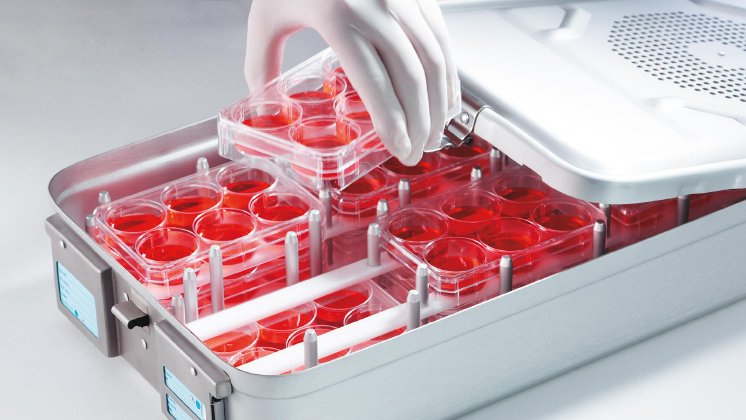1. Mammalian cells
Proteins obtained from mammalian cells play an important role in the biotech industry for manufacturing therapeutic medicines. The best known mammalian cells are HEK (human embryonic kidney) cells, which are relatively easy to handle. CHO cell lines from the ovaries of the Chinese hamster are one of the most frequently used cell lines for manufacturing therapeutic agents.
2. Insect cells
Insect cell cultures are often used for research into recombinant proteins, i.e., those produced using genetic engineering methods. Compared to mammalian cells, insect cells are less susceptible to contamination and are unlikely to contain human viruses. The best-known cell lines are Sf9 and Sf21, which are isolated from moth tissues.
3. Plant cells
Plant cells have omnipotent properties, which means that they are able to regenerate to complete intact plants. . For this reason, they are often used for studying differentiation processes in biology. Proteins with pharmacological activity and antibodies can be derived from plant cell lines as well. Tobacco plants, for example, are especially popular as a fast, economical alternative to mammalian cells in the production of vaccines.
4. Culture medium
Most often commercial, premixed culture media only containing defined chemicals are applied for cell culture processes. This has mainly two reasons: Cell cultivation is often performed for producing drugs in the pharmaceutical area, where you must provide precise details on what the medium contains. With complex media, however, this would not be possible. Secondly, using premade sterile culture media is also a way of reducing the risk of contamination.
5. The Cookbook – A guide for biotech beginners
No one is born a bioprocessing expert. Our cookbook provides a step-by-step introduction to bioprocessing. We’ll explain how a bioreactor works and what happens during a bioprocess. We also look at the basics of a bioprocess and offer strategies you can use to make your application a success. And we take a look at the stars of the show: the various microorganisms and cell cultures. Like any good cookbook, this document comes with recipes. Except that these recipes are designed to give you the best possible cell cultivation. Clear instructions, an overview of the expected outcome and some tips ought to help you achieve your goal.
Contents:
- Bioreactor basics
- Bioprocess basics
- Setting up, preparing, and carrying out a bioprocess
- Bioprocess strategies
- Application examples & recipies
- Tips for a successful bioprocess






